How to sound like The Prodigy: "The organ style intro stab of No Good (Start the Dance) is a ’90s classic, and can be emulated with a detuned saw"
Rave stabs, detuned saws, a frantic pace and gnarly bass. Let’s toast the 30th anniversary of one of The Prodigy's best tunes
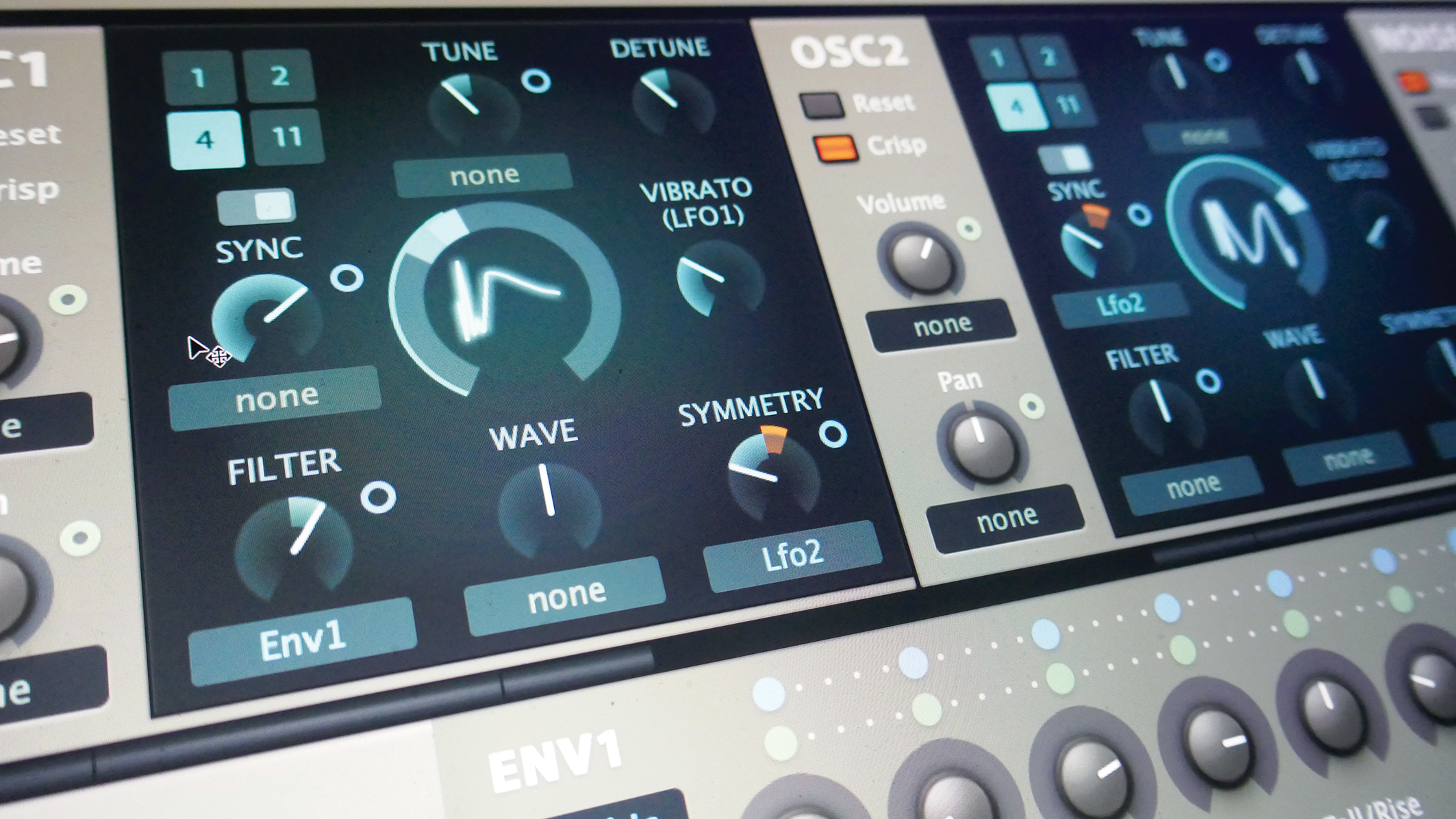
The Prodigy dominated the 1990s with controversial tracks like the UK top 10 hit Smack My B***h Up and the child-scaring number one, Firestarter. But before these, they were releasing more rave-inspired tracks like No Good (Start The Dance).
This came from the 1994 double-platinum Prodigy album, Music for the Jilted Generation, which also featured classic tracks like Their Law (co-written with Pop Will Eat Itself), Voodoo People and Poison. The album was the perfect bridge between The Prodigy’s ultra rave tracks like their debut single Charly, and their late 1990’s big beat sound.
We’re focussing on No Good (Start The Dance) this month as it is (incredibly) celebrating three decades since its release this month in 1994, and features some classic Prodigy tropes. There are rave stabs, hi-saw strings, and two big basslines to fit in, and we’re going to recreate the track’s spirit with ZebraCM, a synth plugin that comes free with every issue of our sister magazine, Computer Music.
We say ‘spirit’ because our sounds aren’t bang on – we're limiting ourselves to sawtooth-based synthesis to make this a tutorial that anyone with a decent VA synth can follow.
So let’s go back in time 30 years to a muddy field around the M25 somewhere, talk random rubbish to complete strangers and listen to some bangin’ tunes. Good times!
That intro stab
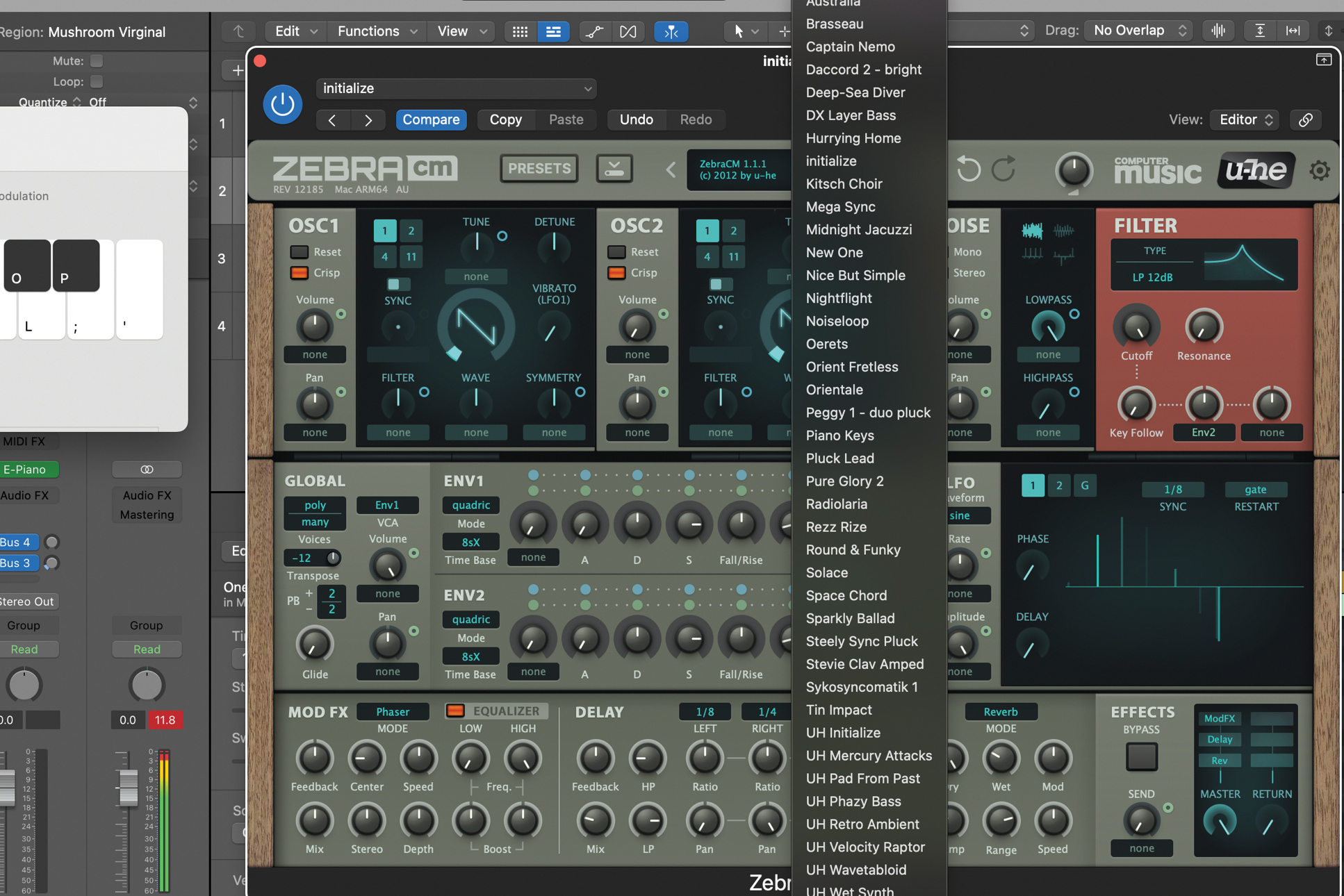
We’re focussing on ZebraCM’s sawtooth here so anyone with a VA synth can follow this. The organ style intro stab of No Good (Start the Dance) is a ’90s classic, and can be emulated with a detuned saw. So load up the Init preset which, handily, is a simple sawtooth wave. And set your DAW tempo to a reasonably fast 140bpm.
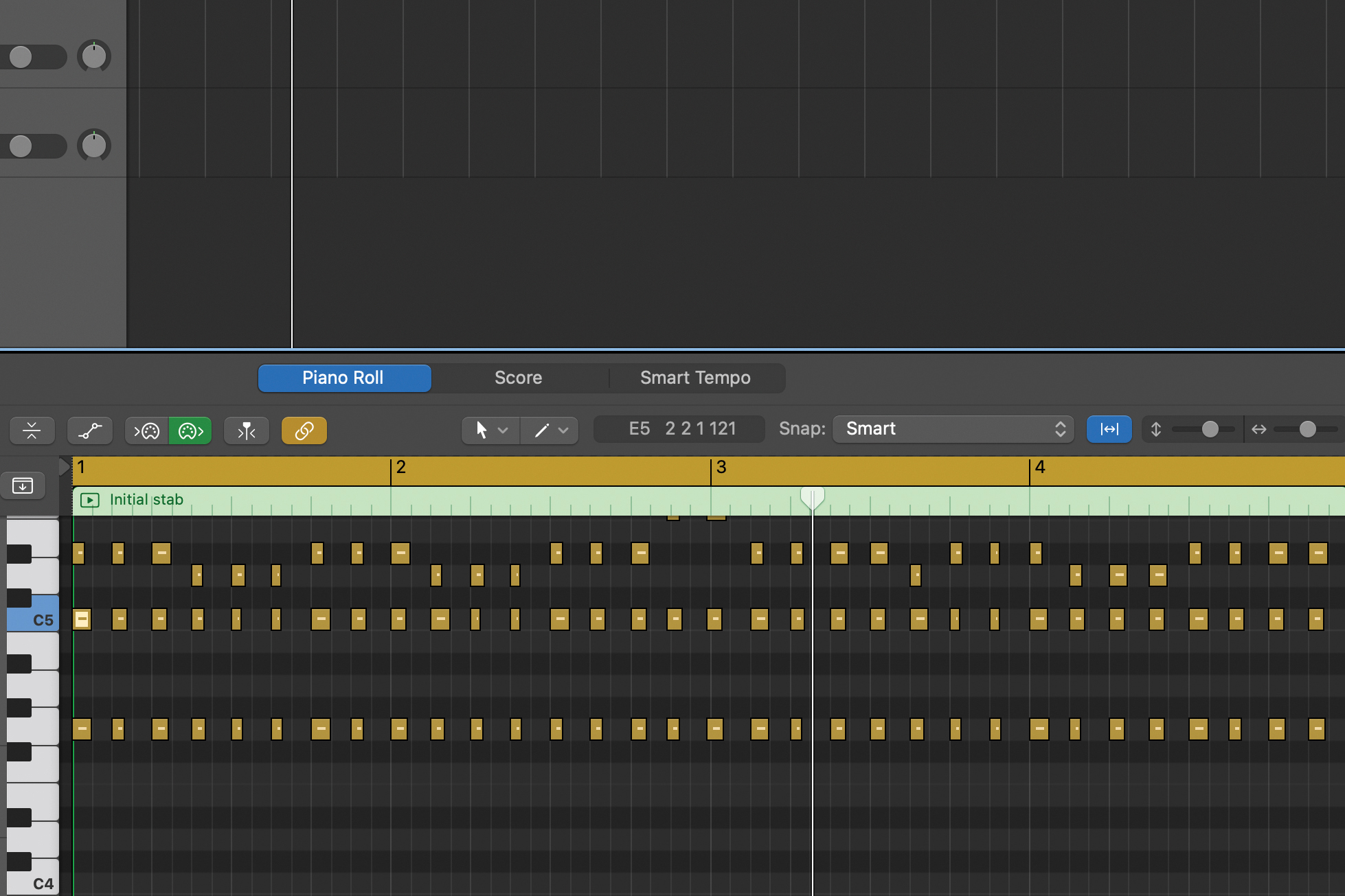
Before we get the sound right, let’s get some notes playing while we tweak it. The frantic stabs are G/C/Eb (C minor triad inverted on G), G/C/D (C suspended second, inverted on G), and, just once in the middle for two stabs, G/C/F (C suspended fourth inverted on G).
Get the MusicRadar Newsletter
Want all the hottest music and gear news, reviews, deals, features and more, direct to your inbox? Sign up here.

Now we want to stack some saws together with some detuning for a mild unison-style effect. This is easy in Zebra, where you can stack four just by clicking the 4, top left in the oscillator window. We detuned our Osc 1 to around the 2 o'clock position.
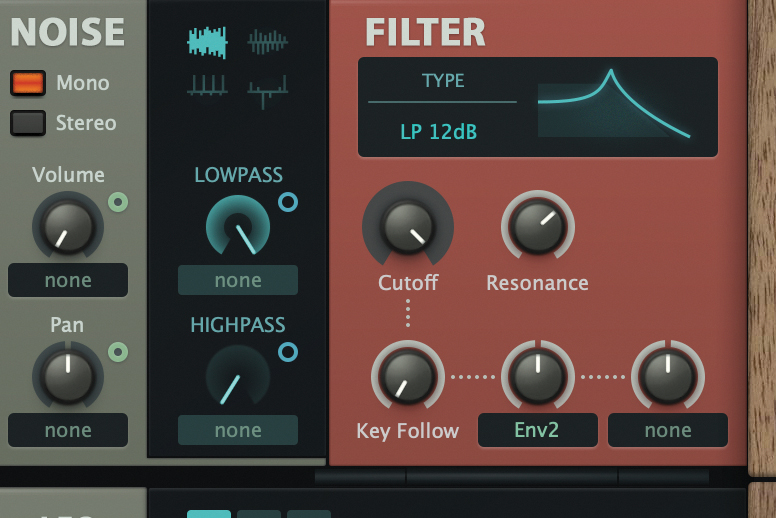
Adjust the envelope. Keep Attack to a minimum and Release at around 10 o'clock. This isn’t perfect, so we've also added a low-pass filter, increased filter frequency and tweaked resonance to take some bass out of the sound – the original is quite reedy in nature.
Toppy strings
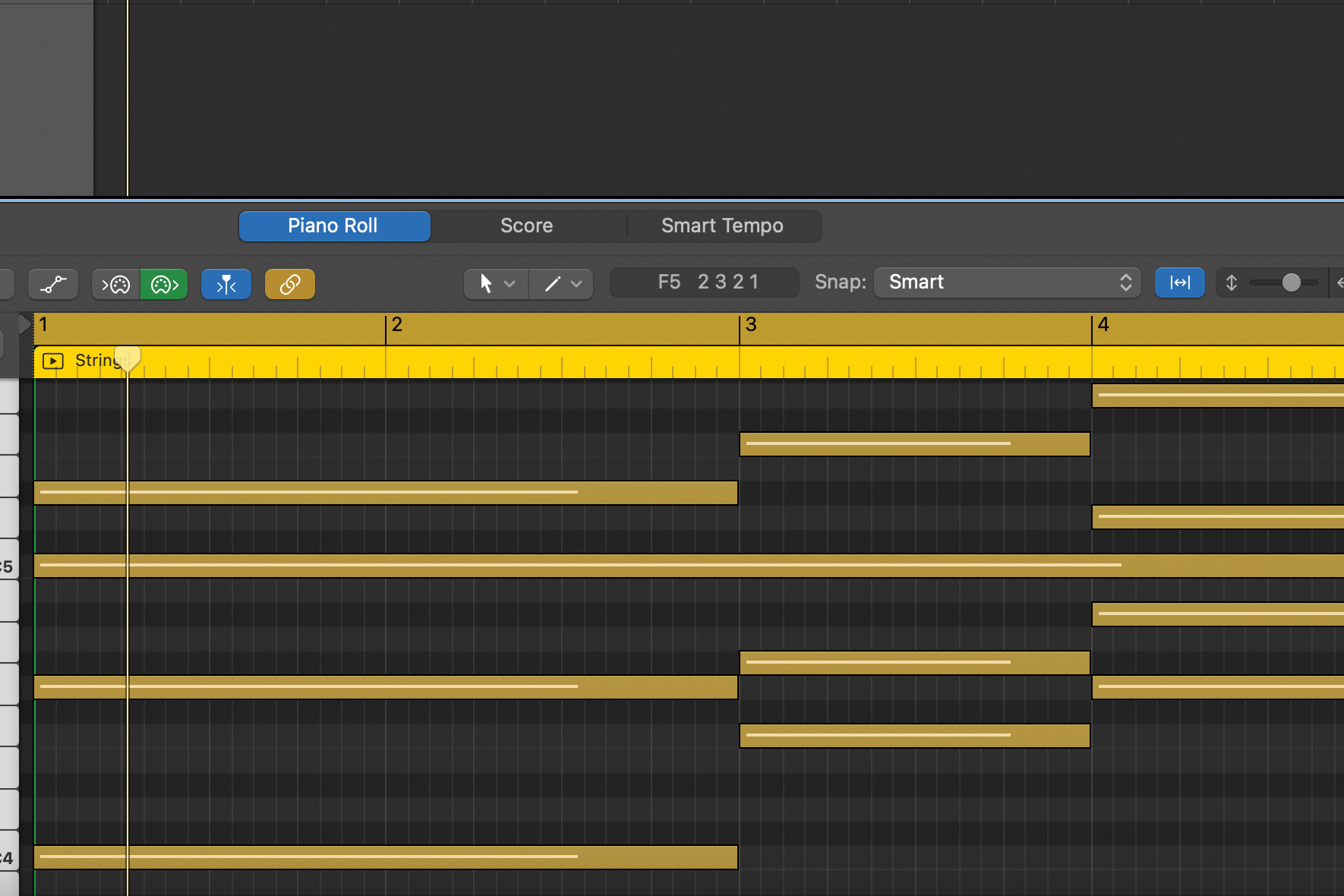
It’s a similar story with the strings that now come in. Choose the Init preset and add the chords, which are C/G/C/Eb (C minor), F/Ab/C/F (G# major sixth inverted on E#), and G/Bb/C/D/G (A# sixth ninth inverted on F# – and yes, we did have to look that one up).
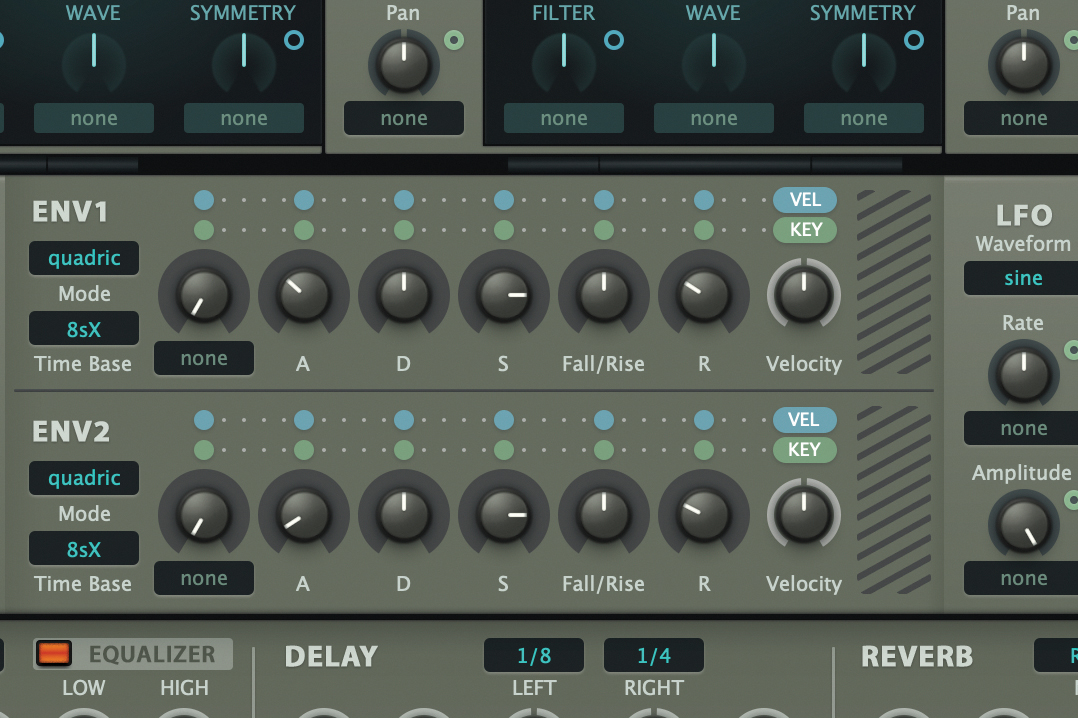
As this isn’t like the stab sound, we will add a slightly higher attack in the envelope – say around 10 o' clock – but keep the release the same (again 10 o' clock). Try the values as shown (the top envelope).
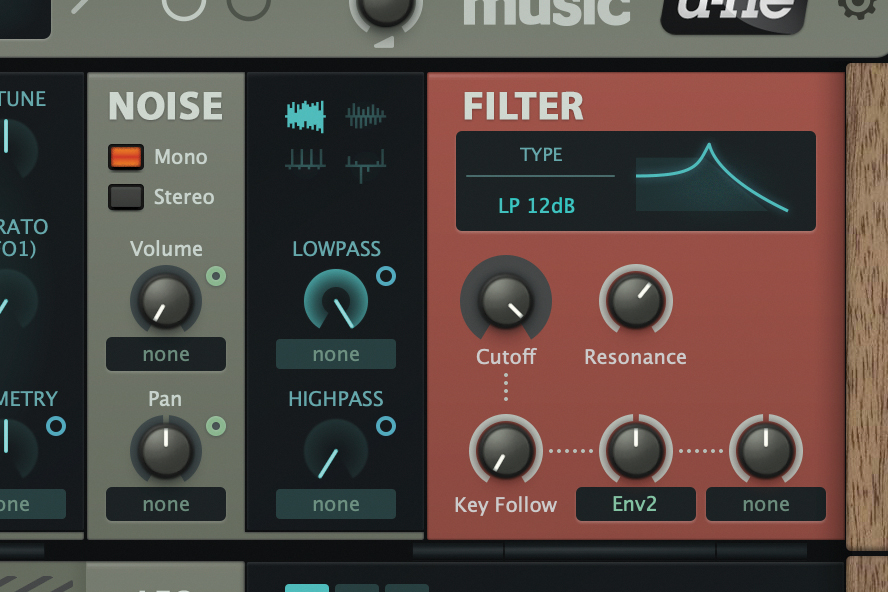
The sound needs to be quite toppy, so you might like to try adjusting the filter and resonance to the values shown above, so 143 and 63 respectively. Try the LP 12dB filter initially. Again you might need an EQ and push the highs.
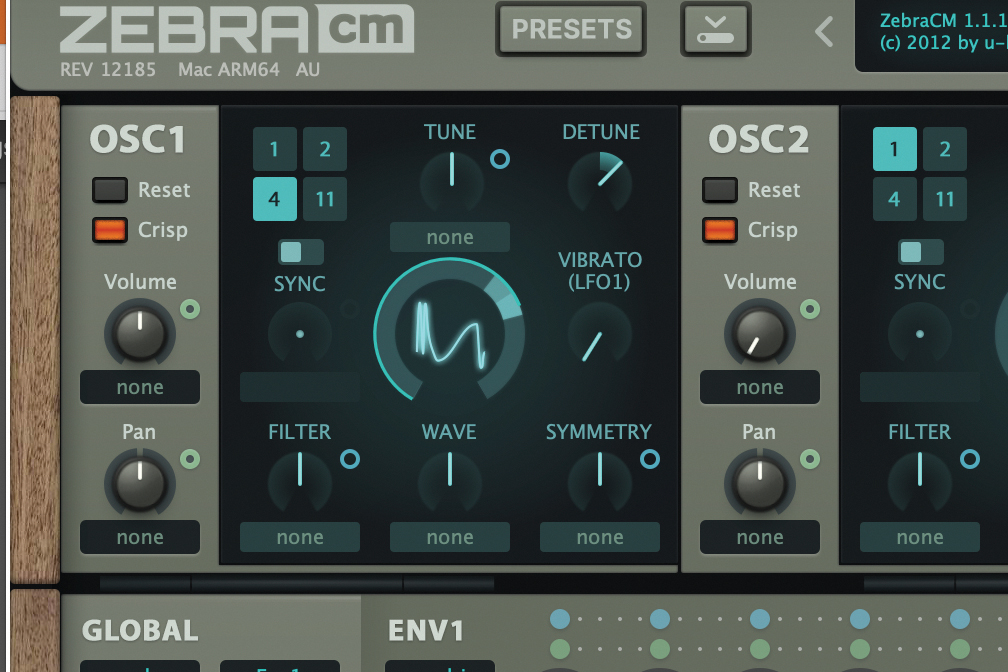
We cheated a little bit with our sound, changing the oscillator value to around 11.6 – not exactly a sawtooth anymore, but this does give the string sound a more top/mid, low quality old ’90s synth vibe.
A tale of two basslines
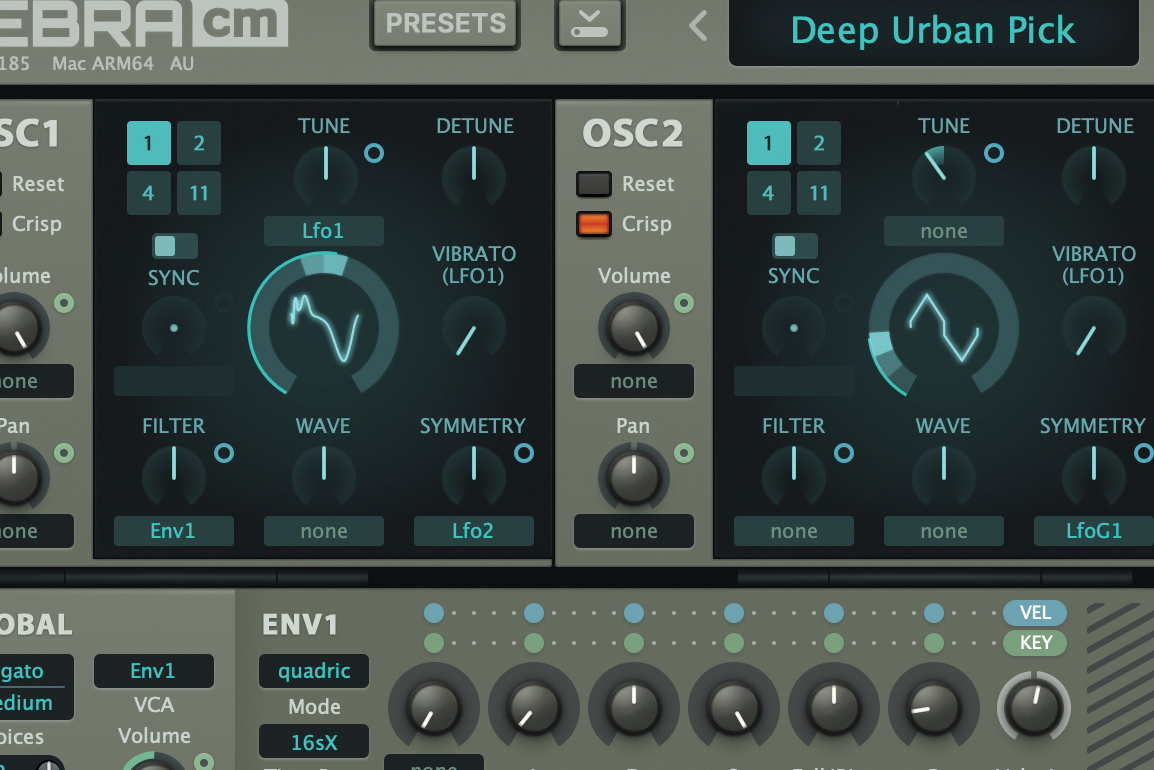
There are two basslines – one acting more like a lead that comes in next. The first is a more rounded and insistent one that plays C across two octaves. We’ve chosen a close ZebraCM preset to the sound, Deep Urban Pick.
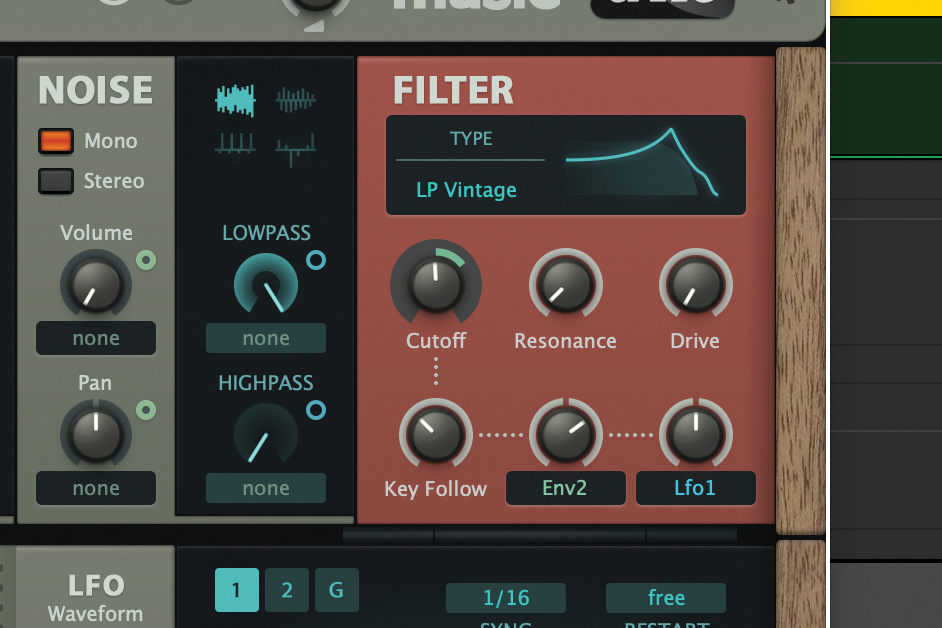
In order to get it to stand out, nudge the oscillator (Osc 1) up to around 12 o' clock and then experiment with the Filter Cutoff and Resonance parameters and tweak to taste.
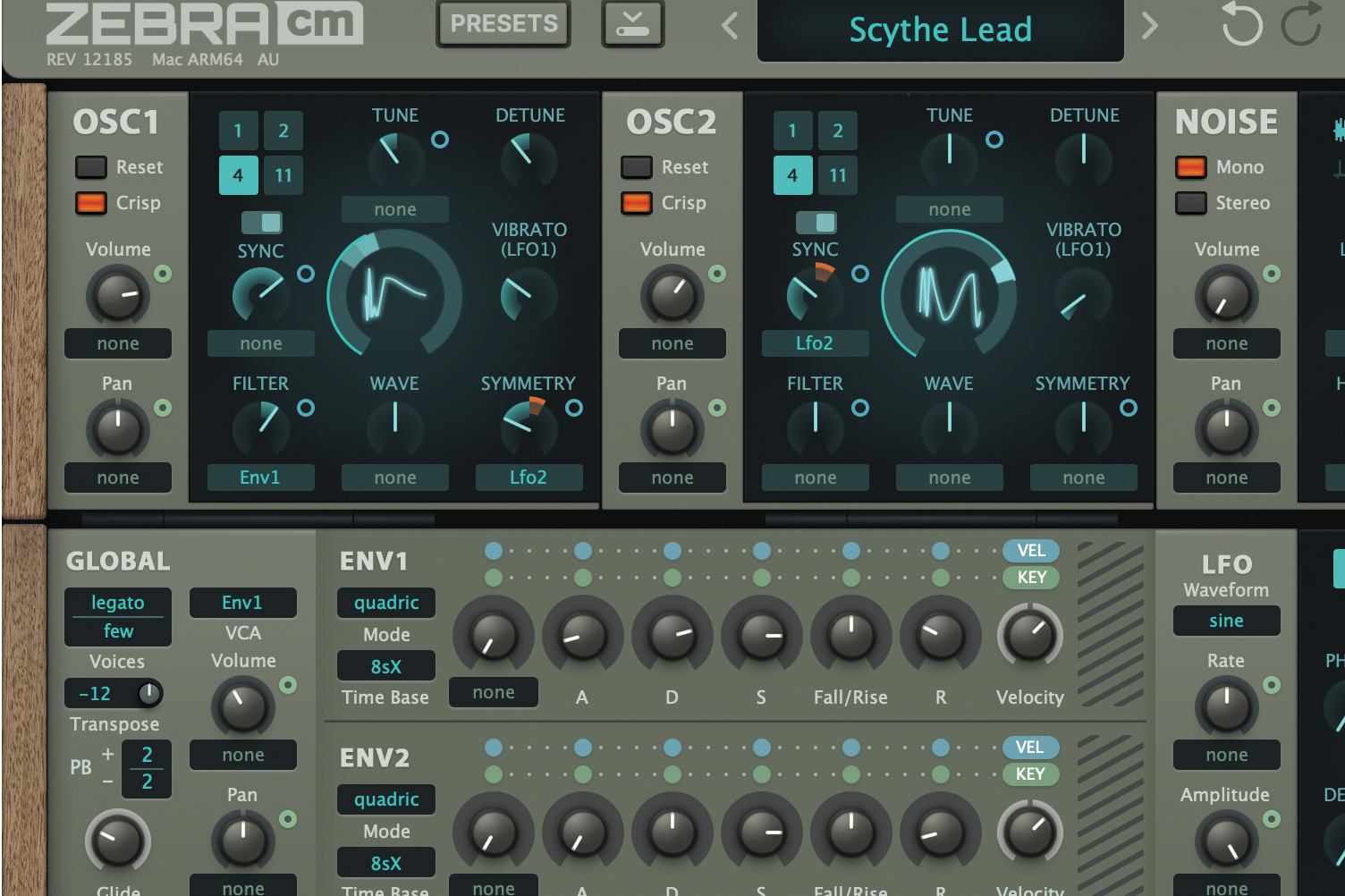
For the growling off-beat bass, we’ve chosen the Scythe Lead preset as an approximate bass/lead sound. This follows the first bassline by rising from C to Eb at the end of four bars. Check out the audio examples of both to hear what we mean.
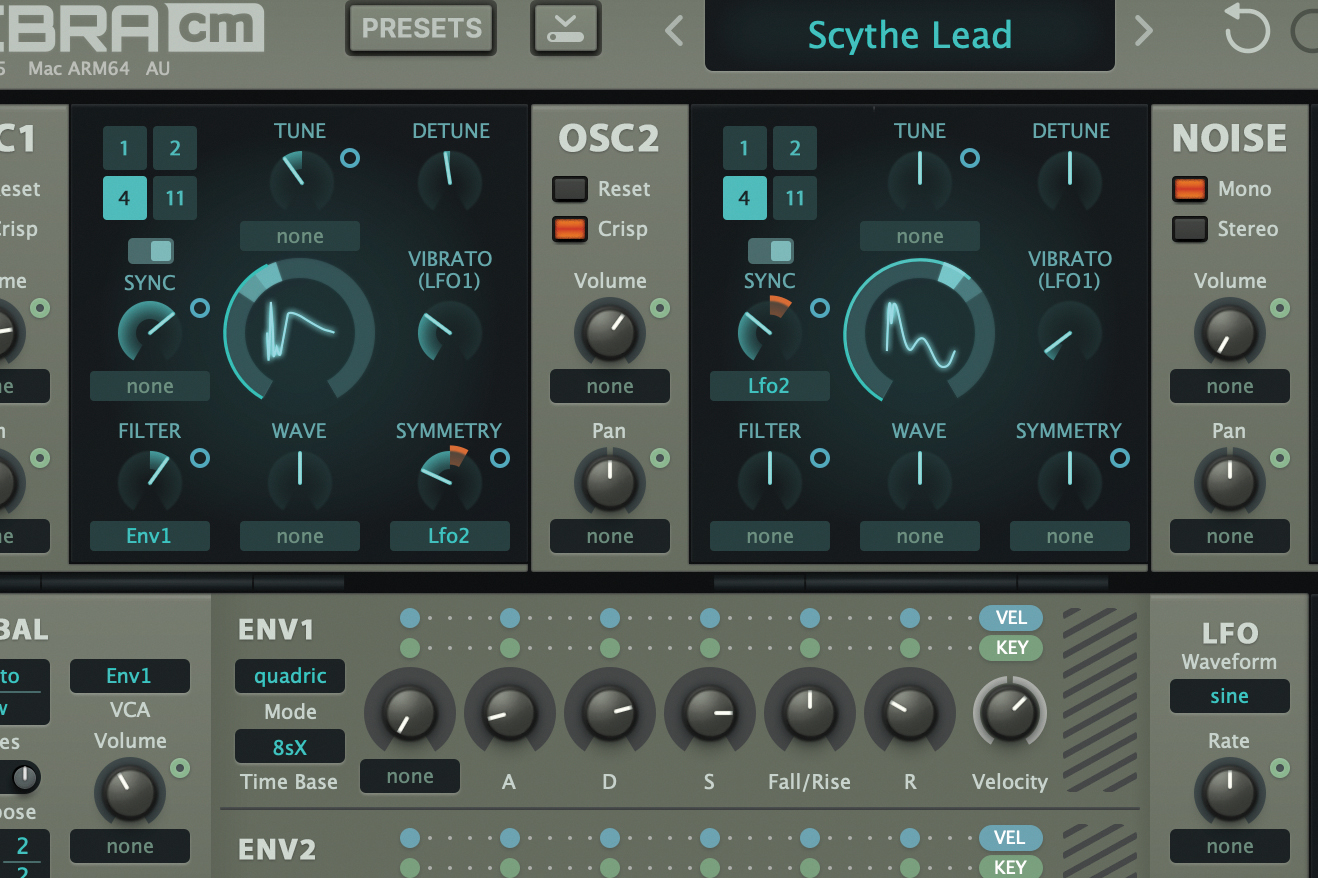
Again, this might need some tweaking to get it sounding as prominent as the original. We’ve tweaked oscillator 2 to around 1 o' clock (from 2) and lowered the Detune value to get the two oscillators to work closer together. It’s close but not exact, like all of our sounds!
Break the beats

We’ve used a couple of breaks in our version of No Good (Start the Dance) that are just to give you an idea of where it could go next. The original beat uses that ’90s trick of lifting part of a sampled break to give it a stop-start feel but is then unified by an essentially four-four beat over the top. The use of sampled breaks was huge in the ’90s, often taken from vinyl (or early sample CDs) and sped up and broken up. Often part of the entire loop was repeated and you can hear an example at 20 seconds into the video of No Good… (see below right) where a section of the sampled break is repeated, and a big kick added to give it a big beat feel before that kick takes its four-four position for much of what follows.

We’ve used both ideas for an admittedly different feel in our overall mix but it still delivers both beat ideas. With breaks, if you want to get a more authentic vinyl and ’90s feel, process the loop. Going dusty with vinyl crackle is perhaps too obvious, but even just losing a touch of bass and pushing the mids will help it stand out against the new kick and give it a lo-fi feel.


Andy has been writing about music production and technology for 30 years having started out on Music Technology magazine back in 1992. He has edited the magazines Future Music, Keyboard Review, MusicTech and Computer Music, which he helped launch back in 1998. He owns way too many synthesizers.











